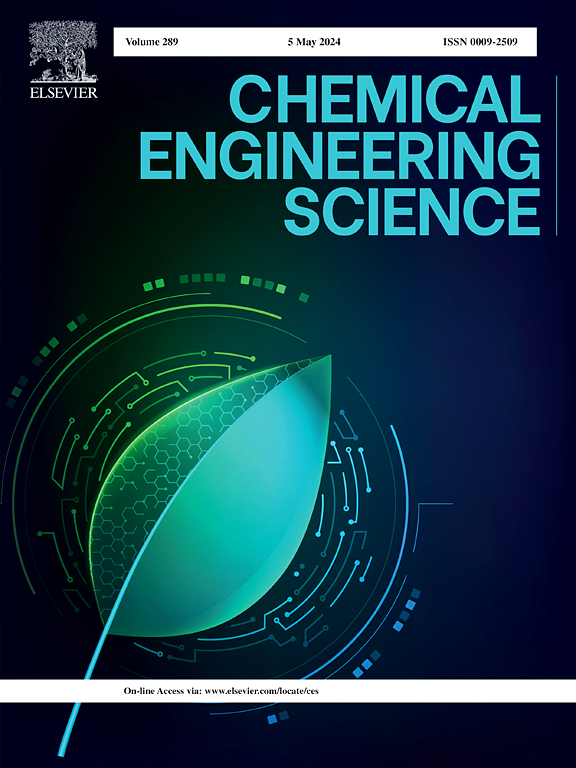Using of phosphoric acid to dissolve phosphate ore flotation tailings for stepwise separation of calcium and magnesium values
IF 4.1
2区 工程技术
Q2 ENGINEERING, CHEMICAL
引用次数: 0
Abstract
Phosphate ore flotation tailings (POFTs) are waste in phosphate ore processing process, rich in Ca, Mg, and P. A phosphoric acid leaching route was developed to recover these resources. The results showed that Ca and Mg in POFTs could be separated by phosphoric acid leaching, generating Ca(H2PO4)2 and then decomposing to form CaHPO4 precipitates at 80 ℃. The leaching efficiencies of Ca and Mg were 16.64 and 93.44 %, respectively, using 3.0 mol/L phosphoric acid solution at 80 ℃ for 120 min with the liquid–solid ratio of 5 mL/g. The recovery of Ca and Mg in phosphoric acid leachate was achieved in the precipitates of CaC2O4·H2O and MgNH4PO4·6H2O by adding H2C2O4 and NH3·H2O in steps. The Mg-recovered leachate was evaporated to yield (NH4)2HPO4/NH4H2PO4 fertilizer, converting P into valuable products. Economically, treating 1 ton of POFTs yields a $155 profit, adapting to valorization of Ca, Mg and P in POFTs waste.

磷矿浮选尾矿(POFTs)是磷矿加工过程中的废弃物,富含 Ca、Mg 和 P。结果表明,POFTs 中的 Ca 和 Mg 可通过磷酸浸出分离出来,生成 Ca(H2PO4)2,然后在 80 ℃ 下分解形成 CaHPO4 沉淀。在液固比为 5 mL/g 的条件下,使用 3.0 mol/L 磷酸溶液在 80 ℃ 下浸出 120 分钟,钙和镁的浸出率分别为 16.64 % 和 93.44 %。通过逐步加入 H2C2O4 和 NH3-H2O,在 CaC2O4-H2O 和 MgNH4PO4-6H2O 沉淀中实现了磷酸浸出液中 Ca 和 Mg 的回收。镁回收的浸出液经蒸发后得到 (NH4)2HPO4/NH4H2PO4 肥料,将 P 转化为有价值的产品。从经济角度看,处理 1 吨 POFTs 可获得 155 美元的利润,从而实现了 POFTs 废物中钙、镁和磷的价值化。
本文章由计算机程序翻译,如有差异,请以英文原文为准。
求助全文
约1分钟内获得全文
求助全文
来源期刊

Chemical Engineering Science
工程技术-工程:化工
CiteScore
7.50
自引率
8.50%
发文量
1025
审稿时长
50 days
期刊介绍:
Chemical engineering enables the transformation of natural resources and energy into useful products for society. It draws on and applies natural sciences, mathematics and economics, and has developed fundamental engineering science that underpins the discipline.
Chemical Engineering Science (CES) has been publishing papers on the fundamentals of chemical engineering since 1951. CES is the platform where the most significant advances in the discipline have ever since been published. Chemical Engineering Science has accompanied and sustained chemical engineering through its development into the vibrant and broad scientific discipline it is today.
 求助内容:
求助内容: 应助结果提醒方式:
应助结果提醒方式:


